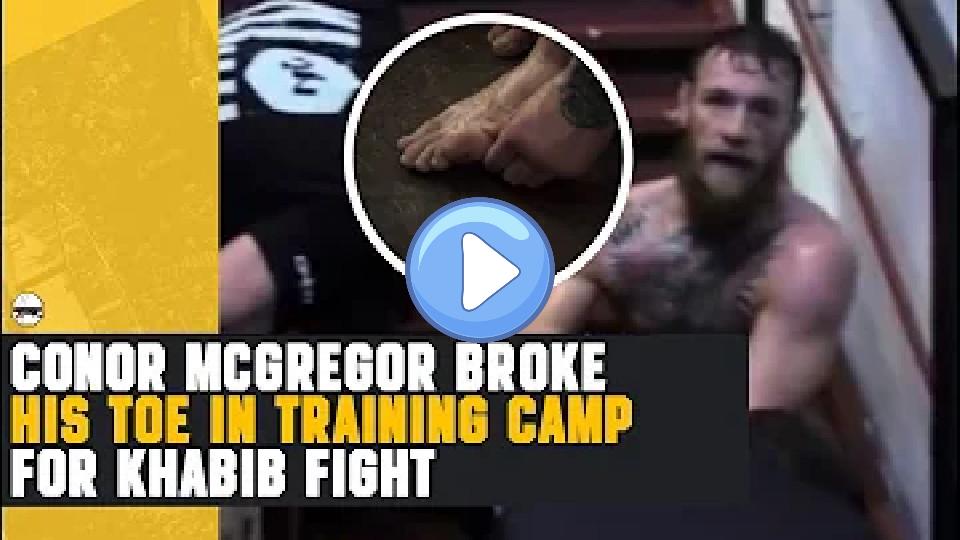Conor McGregor's Sports Injuries
Type of Sport: Mma
Conor McGregor's Sports Injuries Table
| Type | Area | Date | Consequences | Content | How It Happened | Recovery Duration | Rehabilitation Details | Impact On Career | Psychological Impact | Previous Injuries | Return To Competition | Severity | Treatment | Medical Staff | Long Term Impact | Preventive Measures | Competition Missed | Initial Symptoms | Re Injury Risk | Support System | Rehabilitation Location |
|---|---|---|---|---|---|---|---|---|---|---|---|---|---|---|---|---|---|---|---|---|---|
| Fractures | Left Ankle | 2021-07-09 | The fight was stopped, and McGregor was unable to continue. | Conor McGregor suffered a gruesome fracture of his left ankle, which led to an immediate stoppage of the fight. This injury was widely covered in the media and raised concerns about his future in the sport. | During a fight against Dustin Poirier at UFC 264, McGregor stepped back and his ankle gave way. | 6 to 12 months | McGregor underwent surgery to repair the fractured ankle and has been following a strict rehabilitation protocol involving physical therapy and strength training. | Significant; led to a prolonged absence from competition. | Potentially high; dealing with a severe injury can affect an athlete's confidence and mental state. | None reported on the left ankle before this incident. | Expected in 2022, depending on recovery progress. | Severe | Surgical intervention followed by physical therapy. | Orthopedic surgeons and physical therapists. | Possible long-term effects on mobility and performance. | Strengthening exercises for the ankle and proper warm-ups before fights. | Numerous fights and events due to recovery period. | Immediate pain and inability to bear weight on the left ankle. | Moderate to high, depending on rehabilitation succ | Support from family, coaches, and medical professionals. | Primarily in medical facilities and training centers. |
| Fractures | Left Hand | 2019-07-10 | Required surgery and time off from training. | The fracture of McGregor's left hand occurred during sparring, leading to surgery and a temporary halt in his training. The injury was a notable event as it affected his ability to prepare for upcoming fights. | During a sparring session, McGregor fractured his left hand. | 3 to 4 months | Surgery followed by physical therapy to restore strength and mobility. | Moderate; caused a delay in his training schedule. | Moderate; hand injuries can be particularly concerning for fighters. | No significant history of hand injuries. | Returned to training and competition after recovery. | Moderate | Surgical intervention followed by physical therapy. | Orthopedic surgeons and hand specialists. | Possible long-term effects on hand strength and dexterity. | Proper hand protection and technique during training. | Missed training sessions and potential fights. | Severe pain and inability to use the left hand. | Moderate, depending on recovery and future trainin | Support from family, coaches, and medical professionals. | Medical facilities and training centers. |
| Sprains | Right Knee | 2013-08-16 | Partial tear of the ACL, leading to a need for extensive rehabilitation. | McGregor's knee injury was a significant setback early in his UFC career. Despite winning the fight, the injury required him to take a step back from competition for recovery. | During a fight against Max Holloway at UFC Fight Night 26, McGregor injured his knee but managed to continue and win the fight. | 9 months | Focused on strengthening the knee through physical therapy and controlled exercises. | Moderate; required a break from fighting but did not derail his career. | Moderate; early career injuries can be challenging but also motivating. | No prior knee injuries reported. | Returned in 2014 after successful rehabilitation. | Moderate | Non-surgical treatment with physical therapy. | Physical therapists and sports medicine specialists. | Potential for recurring knee issues. | Knee strengthening exercises and proper technique during fights. | Several potential fights during the recovery period. | Pain and instability in the right knee. | Moderate, especially if not properly managed. | Support from his coaching team and medical staff. | Training facilities and physical therapy centers. |
| Strains | Lower Back | 2016-09-19 | Temporary discomfort and limitation of movement. | This lower back strain occurred while McGregor was preparing for a high-profile fight. Though it did not lead to a fight cancellation, it required adjustments in his training regimen. | During training for a fight, McGregor overexerted himself, leading to a muscle strain in his lower back. | 4 to 6 weeks | Included rest, physical therapy, and gradual return to full training. | Minor; did not significantly affect his fighting schedule. | Low; managed effectively with proper care. | No significant history of back injuries. | Continued to compete without major interruptions. | Mild | Rest, ice, and physical therapy. | Physical therapists and trainers. | Minimal, with proper management. | Proper warm-ups and strength conditioning for the back. | No major competitions missed. | Pain and stiffness in the lower back. | Low to moderate, depending on future training habi | Support from his training team and medical staff. | Training facilities and physical therapy centers. |
Conor McGregor's Sports Injuries Videos
Sport Injury: Fracture of Tibia and Fibula (Conor McGregor) Shinbone Broken
The UFC 264 Lightweight main event was held in Las Vegas. The fighters were Dustin Poirier and Conor McGregor.

Doctor Reacts to Conor McGregor's Nasty Broken Leg at UFC 264 - What Happened?
Conor McGregor suffered a severe leg injury at UFC 264 against Dustin Poirier, resulting in a fractured leg/ankle. Dr. Brian Suter explains that the injury likely began when McGregor pushed off on his left foot, causing a slight tweak in his ankle, which appeared to initiate the fracture. This instability led to a more severe injury when McGregor's ankle rolled into inversion, transferring torsional stress up through his tibia and fibula. Dr. Suter speculates that there might have been pre-existing trauma making the ankle more susceptible. The injury likely involves fractures of both the fibula and tibia. Despite the severity, there was no skin breakage, reducing the risk of infection. Comparisons are made to similar injuries suffered by fighters Chris Weidman and Anderson Silva. An update on McGregor's treatment will follow.
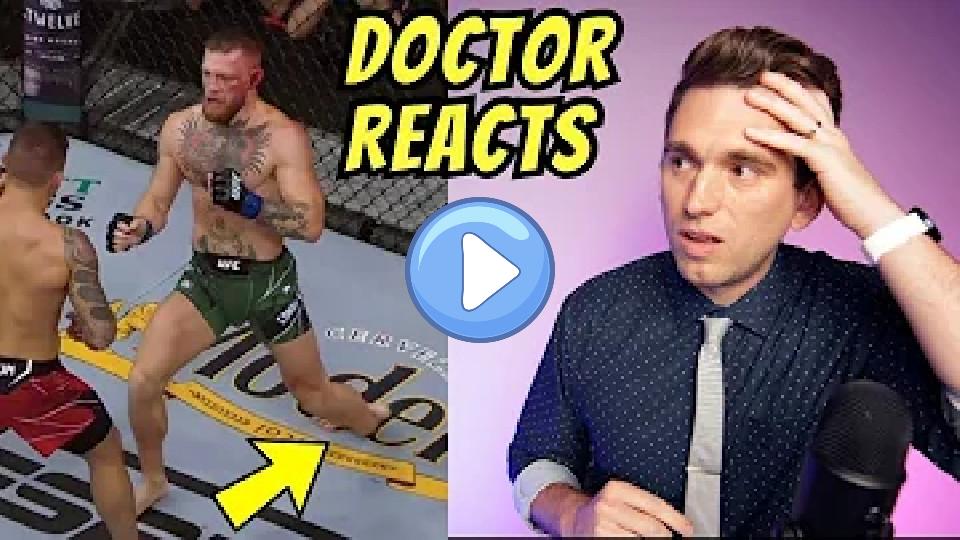
Conor McGregor Broke His Pinky Toe and Couldn't Fight - Doctor Explains
Conor McGregor's withdrawal from his upcoming fight against Michael Chandler was due to a broken pinky toe. Dr. Brian Sud explains that McGregor shared X-rays and images showing the injury. The fracture is an oblique, minimally displaced fracture of the fifth proximal phalanx of the pinky toe. Such fractures typically do not require surgery unless severely displaced or in multiple pieces. Treatment usually involves wearing a rigid, flat-soled shoe for 2-4 weeks, allowing the fracture to heal in about 6 weeks. Dr. Sud supports McGregor's decision to withdraw, as the injury impacts training, footwork, and overall performance, especially considering McGregor's recent recovery from a broken leg. This injury could affect his ability to compete effectively and safely.
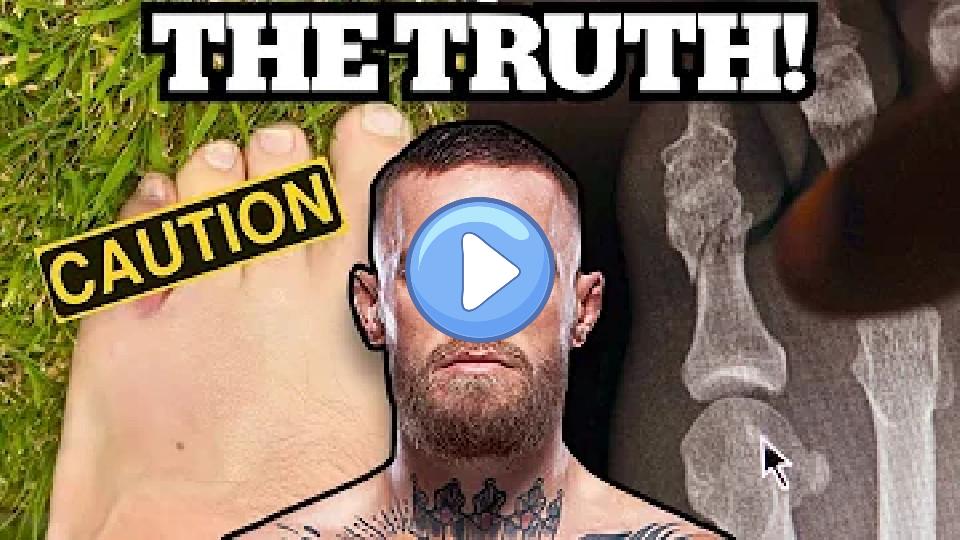
Conor McGregor wants the fight to be recorded as a doctor/injury stoppage.
Conor McGregor steps back and fractures his leg towards the end of the first round at UFC 264.
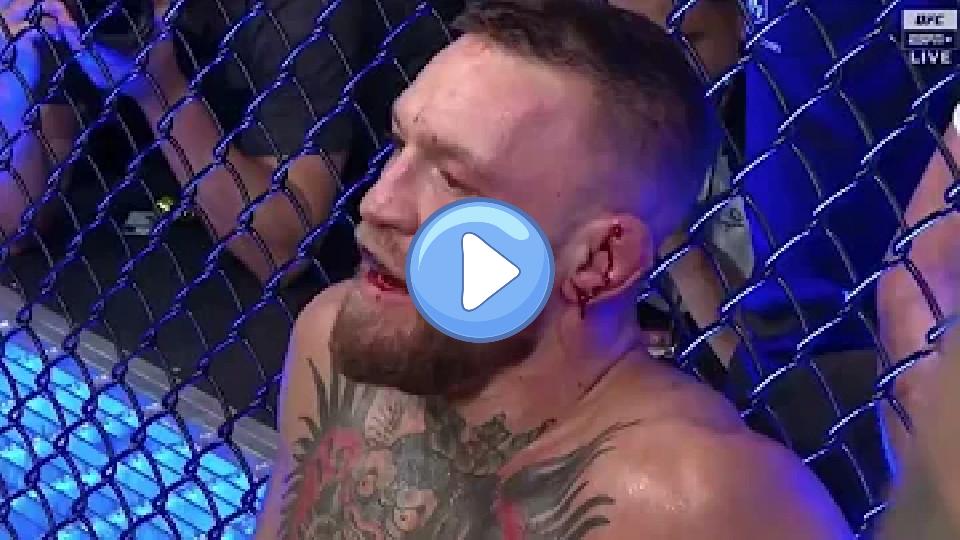
UFC 264: Conor McGregor Octagon Interview
Conor McGregor talked with Joe Rogan in the Octagon after injuring his ankle near the end of the first round of his UFC fight.
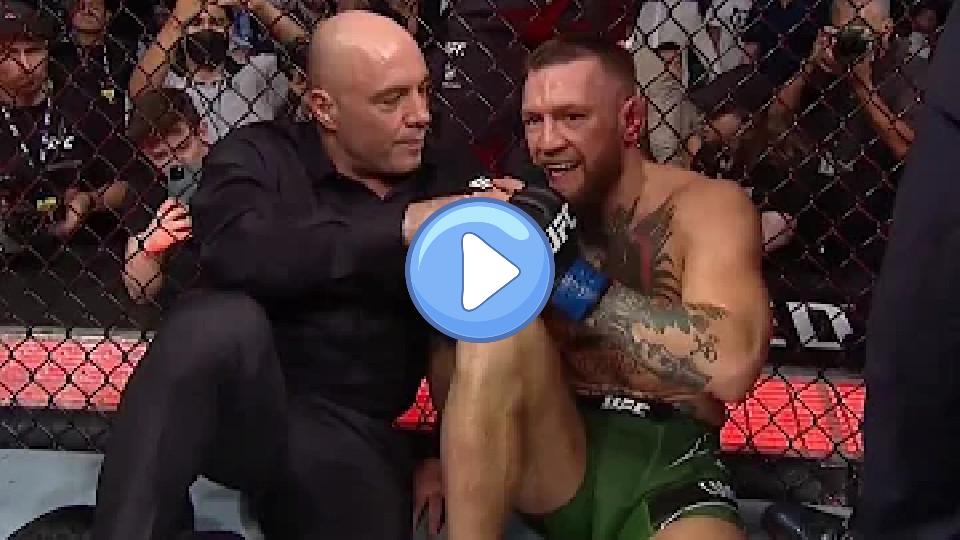
"I Heard a Crack" - McGregor Trains Without an ACL | Conor McGregor: Notorious
Conor McGregor demonstrates superhuman resilience by training through an immobilizing injury. Despite facing challenges and doubts about his abilities, he remains confident and determined, believing he will emerge victorious regardless of his opponent. His mindset and perseverance are highlighted, showcasing his potential to become a champion.
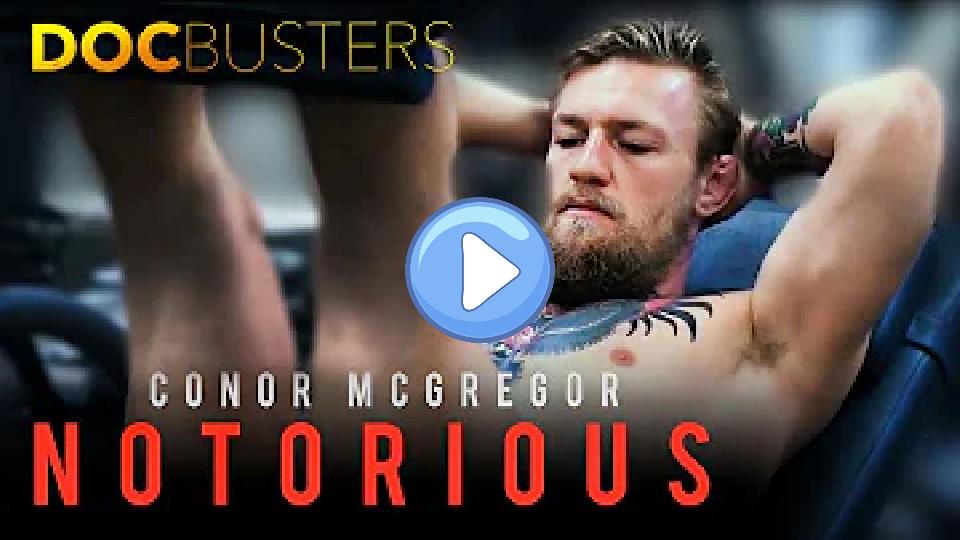
This is how Conor McGregor broke his leg: 4K Slow Motion Footage
Update: This video shows a moment that UFC and Dustin originally thought broke the leg. It turns out it was an elbow block/check...
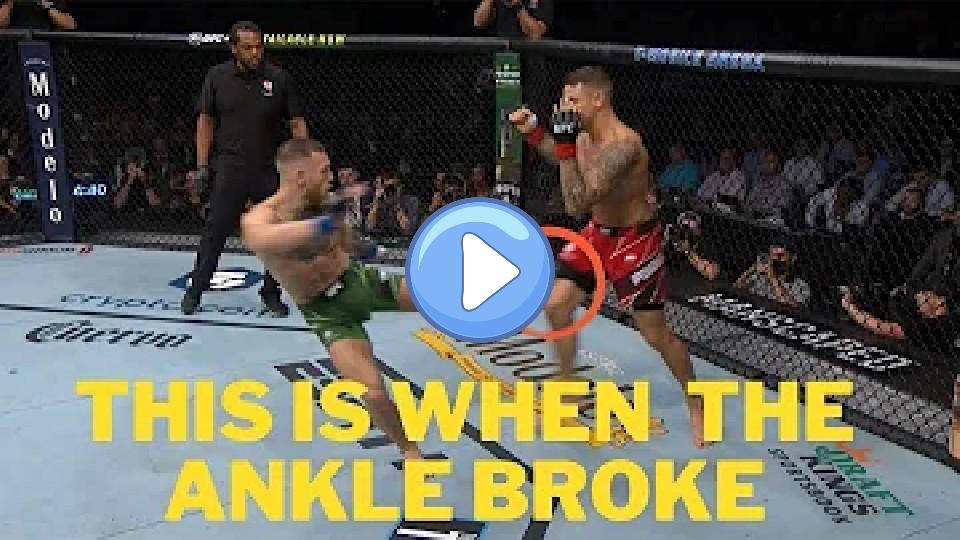
Conor McGregor breaks leg in loss to Dustin Poirier.
Dustin Poirier defeated Conor McGregor in their trilogy fight after McGregor appeared to break his leg in the first round.

Conor McGregor broke his toe during the training camp for his fight against Khabib Nurmagomedov at UFC 229.
#UFC #MMA #ConorMcGregor #McGregor #McGregorVsKhabib #Khabib #KhabibNurmagomedov #UFC229 #IsraelAdesanya
